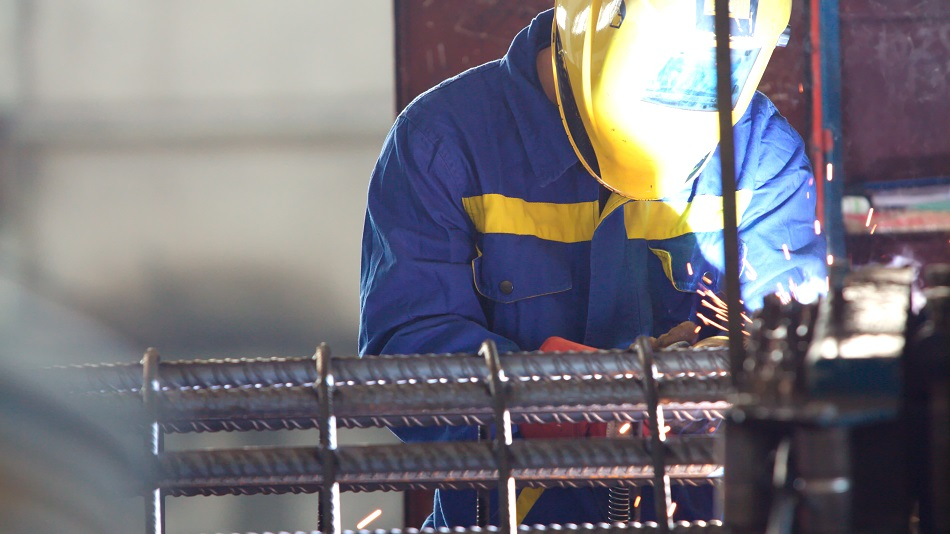The company Kjellberg Finsterwalde Elektroden und Zusatzwerkstoffe GmbH made a Prima Blue-type flux-coated electrode, which had a core wire diameter of 3.25 mm. A negative poled electrode with a current of 120 A was used.

Image Credit: shchehlov serhii/Shutterstock.com
An inverter welding unit of type PICO 300 CEL was used as the power supply. This was made by the company EWM Hightech Welding GmbH.
Non-Alloy construction steel of type S235JF was used for the base metal and a bead on plate weld was used for the weld.
A frame rate of 7000 fps was used to take the video, with a resolution of 700 x 400 pixels and a shutter time of 1/440.000 s. A vertical steel plate was added to the background for homogeneous illumination.
The purpose was to investigate the burning behavior of the electrode with different welding parameters. The behavior of other commercially available electrodes could be studied using the burning behavior of that electrode as a reference.
The tests were performed at an automated welding machine to ensure that the influence of a welder on the result was eliminated. The power and current signals were used as a basis for controlling the wire feeding speed controlled by the machine.
New hand welding electrodes were developed and improved using the results from these measurements.
An electrode hand welding process is shown from the side in the video below.
Flux coated electrode hand welding – CAVILUX Laser illumination
Acknowledgments
Produced from materials originally authored by Dr.-Ing. Malte Petersen from the Institute of Materials Science, Gottfried Wilhelm Leibniz University Hanover, Germany.

This information has been sourced, reviewed and adapted from materials provided by Cavitar.
For more information on this source, please visit Cavitar.